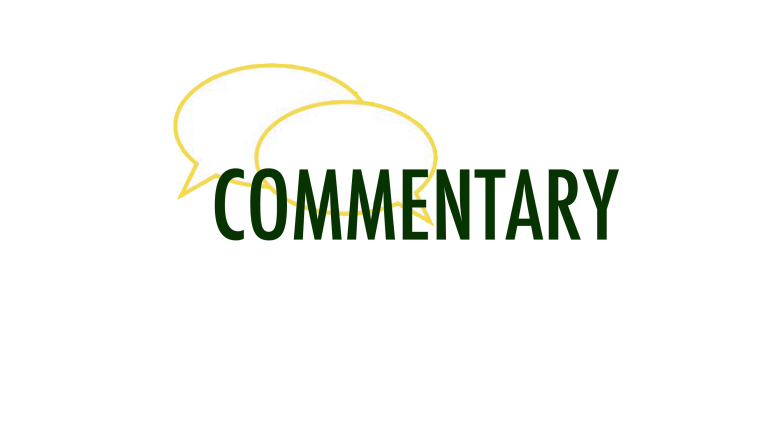As Election Day approaches, there appears to be little intrigue around Maryland’s votes on November 7. As has become the norm in recent decades, Maryland’s federal elections (for the President, Senator, and Representatives) are expected to be largely uncompetitive.
According to political analyst Charles Cook, Maryland is listed as a “Solid Democratic” state for the Presidential election and Senate election, meaning that President Barack Obama is almost certain to take Maryland’s 10 Electoral Votes and Senator Ben Cardin is almost certain to win a second term.
Cook also lists all of Maryland’s House districts as unlikely to change hands, with the notable exception of the state’s 6th Congressional District, currently held by Republican Representative Roscoe Bartlett, which Cook says is “likely” to be won by his Democratic opponent John Delaney.
However, there are several issues on the ballot that have been and will be hotly contested. This year, Maryland voters have been given seven questions to vote on, meaning that either the state is looking to amend the Constitution or voters have successfully petitioned the government to put these seven issues to a statewide vote.
The first three are the amendments to the Constitution, and are technical issues with regards to qualifications for offices. Questions 1 and 2 seek to change the qualifications of judges who sit on the Orphans’ Courts of Prince George’s and Baltimore County respectively in order to ensure that members “in good standing of the Maryland Bar” are named to them. Question 3 is another technical change to the Constitution, allowing for the immediate removal of an elected official who pleads guilty or no contest to a crime of corruption. These amendments are expected to pass with little resistance.
While the first three involve minor changes to the language of the State Constitution, the other four questions are far more controversial policy issues, most of which have been petitioned onto the ballot by voters.
Question 4 involves the DREAM Act, which passed the state legislature in 2011. If a majority votes “for the referred law” the act would become law,” and would “establish that individuals, including undocumented immigrants, are eligible to pay in-state tuition rates” for community colleges in Maryland, as well as four-year state colleges in Maryland if they have graduated from a Maryland community college, provided that they “meets certain conditions relating to attendance and graduation from a Maryland high school, filing of income taxes, intent to apply for permanent residency, and registration with the selective service system (if required).” This is highly controversial because of its extension of in-state benefits to undocumented immigrants; however, a Baltimore Sun poll from Oct. 20-23 shows that 47% of Marylanders are in favor of passing the DREAM Act, while 45% are opposed.
Question 5 regards the drawing of Maryland’s congressional boundaries. In accord with the 2010 Census, the state legislature was required to redraw House districts, with critics leveling claims that the boundaries were drawn for purely partisan concerns; essentially, that the Democratic legislature drew the lines so that Republicans could not win in the 6th District, which has been held by Bartlett since 1993. If the referendum is approved, the maps will not be changed; if it were rejected, then lawmakers would be forced to draw a new map before the 2014 elections.
This question recently received a boost of publicity when State Comptroller Peter Franchot broke from his Democratic colleagues, including Governor Martin O’Malley, and spoke out against the Congressional map, telling WBAL radio last week that while he likes “to win elections as much as the next guy,” he does not believe that legislators should be “fixing the outcome,” and that the state’s “leaders were driven by partisan moves when coming up with the proposed map and not by the public interest.” The Sun poll shows the state almost evenly split on this question; however, 30% of respondents say they were undecided, meaning that there is still plenty of time to sway voters to either side on this issue.
Question 6 asks the voters whether to approve the state legislature’s passage of same-sex marriage. If a majority votes “for the referred law,” Maryland would become the first state where voters have approved same-sex marriage, against 32 states that have rejected it when it has been on a statewide ballot. The Sun poll shows the state evenly split, with 47% of voters saying they will vote to make same-sex marriage illegal, and 45% saying they will vote to make it legal.
The last issue has been the most talked about question on the ballot this year. Question 7 puts to the voters the question of whether to build a new casino at National Harbor in Prince George’s County, as well as legalize table games at all casinos in the state of Maryland. This by far is the question that has the highest visibility because of well-funded interests on both sides funding aggressive advocacy campaigns. If a majority of voters vote for the question, then the gambling reforms will go into effect; otherwise, table games will remain illegal and no casino will be built at National Harbor. Unlike the other well-publicized questions, the Sun poll shows Question 7 being opposed by 54% of Maryland voters, with 39% in favor.
Depending on your county, there may also be many county ballot questions, so even if you don’t think your voice will be heard in the federal elections, your vote can help sway the fate of these policy questions.
As moderator Bob Schieffer said in closing the final presidential debate: “Go vote. It makes you feel big and strong.”





